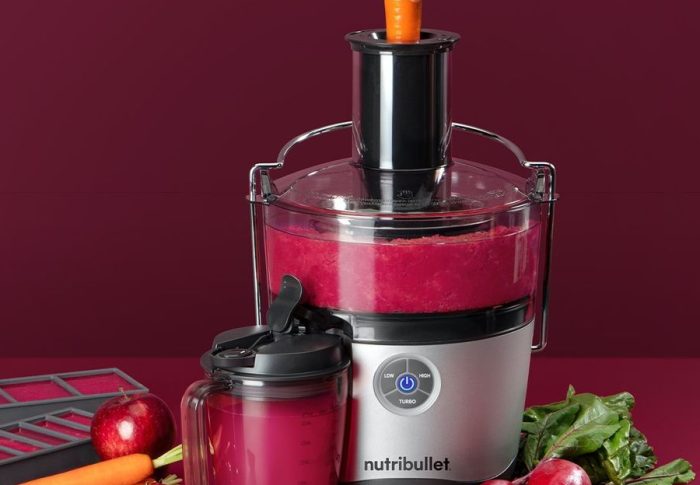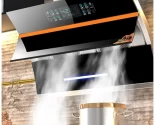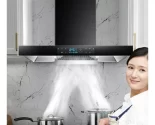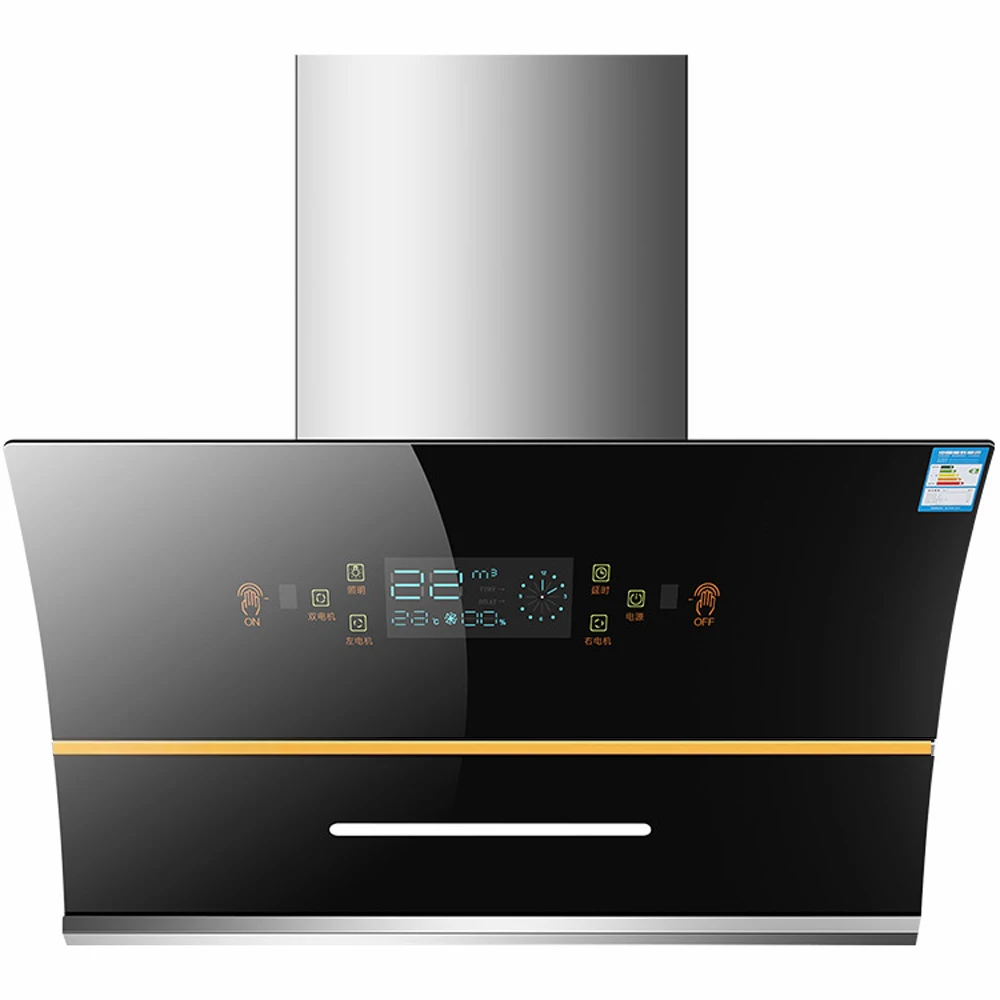
Finding the Perfect Hood Height Above Your Range: A Guide
Introduction
Choosing the correct hood height above your range is essential for efficient ventilation and ensuring a safe and comfortable cooking environment. The height at which you install your range hood affects its effectiveness in capturing and extracting cooking fumes, smoke, and odors. In this comprehensive guide, we will explore the factors to consider when determining the appropriate hood height, discuss the benefits of proper ventilation, provide step-by-step instructions for measuring and installing your range hood, and offer tips for optimizing its performance. Get ready to create a healthier and more enjoyable cooking space with the perfect hood height above your range.
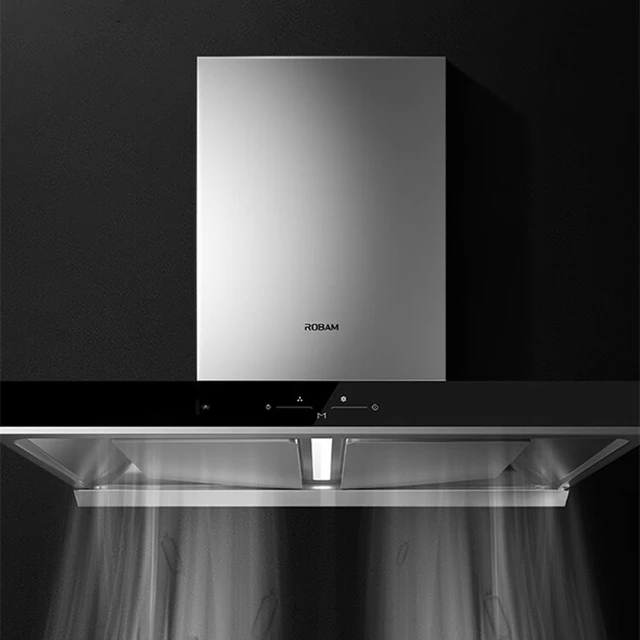
Finding the Perfect Hood Height
I. Importance of Proper Hood Height
Understanding the importance of proper hood height above your range:
-
Efficient Ventilation:
- The right hood height ensures effective ventilation by allowing the hood to capture and remove cooking byproducts, including heat, steam, grease, and odors.
-
Smoke and Odor Control:
- Installing the hood at an appropriate height prevents the escape of smoke and cooking odors into your kitchen and home, helping to maintain a clean and fresh environment.
-
Air Quality Improvement:
- Properly positioned hoods help remove harmful pollutants and gases, such as carbon monoxide, improving indoor air quality and reducing potential health risks.
-
Comfortable Cooking Experience:
- Adequate ventilation minimizes overheating, allowing for a more pleasant cooking experience by reducing excessive heat, steam, and condensation in the cooking area.
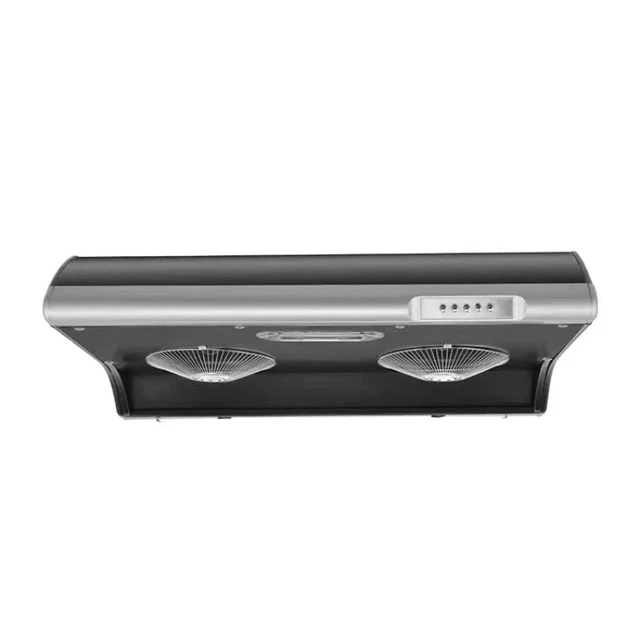
II. Determining the Ideal Hood Height
Factors to consider when determining the ideal hood height above your range:
-
Manufacturer’s Guidelines:
- Refer to the manufacturer’s instructions for your specific range hood model. They may provide recommended hood height guidelines based on the size and specifications of the appliance.
-
Range Size and Power:
- Consider the size and power output of your range. Larger and more powerful ranges typically require higher hood mounting heights to effectively capture emissions.
-
Cooktop Configuration:
- Take into account the configuration of your cooktop, such as whether it is a freestanding range, a slide-in range, or part of a built-in cooktop. The height of the range hood and its distance from the cooktop may vary based on the specific configuration.
-
Local Building Codes:
- Check local building codes or regulations governing hood height requirements. These codes provide minimum or maximum distances between the hood and cooktop to ensure compliance with safety standards.
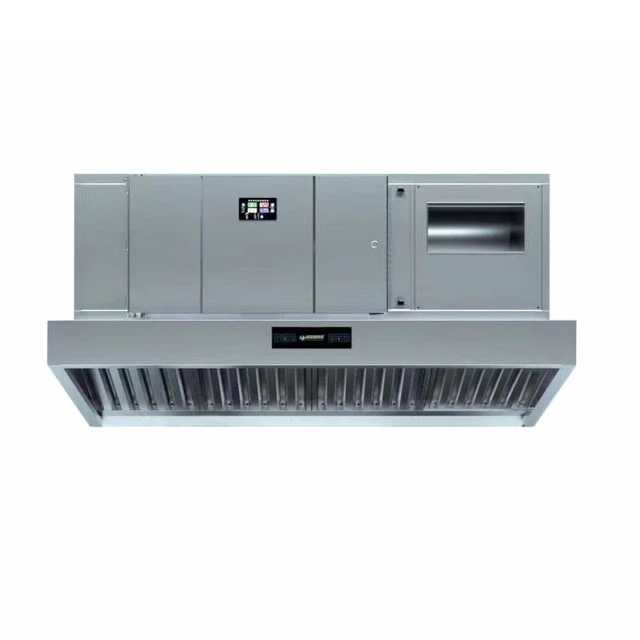
III. Measuring and Installing Your Range Hood
Follow these step-by-step instructions to measure and install your range hood at the appropriate height:
-
Measure Cooktop Width:
- Measure the width of your cooktop or range to determine the minimum width for your range hood. The hood should be equal to or wider than the cooktop to effectively capture emissions.
-
Determine Hood Height Range:
- Calculate the recommended minimum and maximum hood height range. This range will depend on the factors mentioned earlier, such as range size, power, and configuration, as well as local building codes.
-
Mark the Desired Hood Height:
- With the help of a tape measure and a pencil, mark the desired hood height on the wall above the cooktop. Use the minimum and maximum range calculated in the previous step as a guide.
-
Check Clearance:
- Ensure there is enough clearance between the bottom of the hood and the cooktop. Generally, a minimum clearance of 24 to 30 inches is recommended to allow for sufficient capture of fumes and smoke.
-
Install Wall Mounting Bracket:
- Securely install the wall mounting bracket at the marked height. Follow the manufacturer’s instructions for specific installation guidelines, including using appropriate tools and fasteners.
-
Mount the Hood:
- With assistance, carefully lift the range hood and align it with the wall mounting bracket. Slide the hood onto the bracket and secure it in place according to the manufacturer’s instructions.
-
Connect Ventilation Duct:
- Connect the ventilation duct to the hood, ensuring a tight and secure fit. The duct will channel cooking emissions to the exterior of your home, enhancing ventilation efficiency.
IV. Tips for Optimizing Performance
Consider these tips to optimize the performance of your range hood and ensure effective ventilation:
-
Proper Maintenance:
- Regularly clean the range hood and its filters to prevent grease buildup that hampers performance. Follow the manufacturer’s instructions for maintaining and cleaning your specific hood model.
-
Use the Correct Fan Speed:
- Adjust the fan speed based on the cooking method and amount of emissions. Higher fan speeds are recommended for heavy frying or grilling, while lower speeds may suffice for simmering or light cooking.
-
Monitor Airflow:
- Pay attention to the airflow and ventilation effectiveness of your range hood during cooking. If you notice inadequate capture or excessive smoke, adjust the hood height or fan speed as necessary.
-
Coordinate with a Professional:
- If you’re unsure about determining the ideal hood height or encounter any challenges during installation, consult a professional. They can offer guidance, ensure compliance with local regulations, and provide expert assistance.
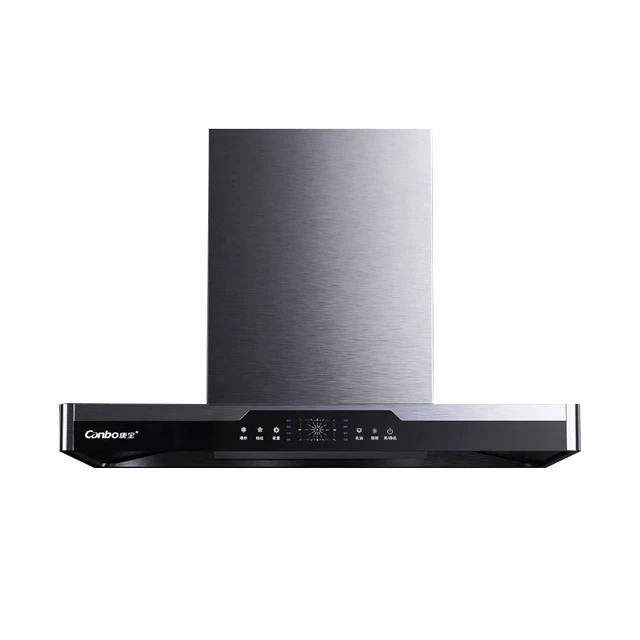
VI. Importance of Regular Cleaning and Maintenance
In addition to determining the ideal hood height, regular cleaning and maintenance are essential for the optimal performance of your range hood and to ensure proper ventilation:
-
Grease Filter Cleaning:
- Grease filters in range hoods can accumulate grease and other debris over time, reducing their effectiveness. Clean these filters regularly according to the manufacturer’s instructions to maintain proper airflow and prevent clogging.
-
Interior and Exterior Cleaning:
- Regularly wipe down the interior and exterior surfaces of your range hood to remove grease, dust, and dirt. Use a mild cleaning solution and a soft cloth to prevent scratching or damaging the finish.
-
Ventilation Duct Inspection:
- Periodically inspect the ventilation duct connected to your range hood for any signs of blockage or damage. Clear any obstructions and ensure that the duct is properly sealed to maintain efficient airflow.
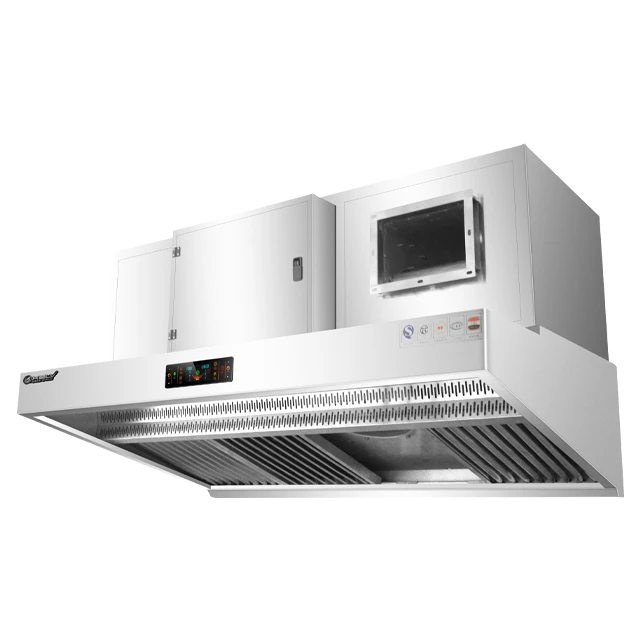
V. Conclusion:
Achieving Effective Ventilation
Achieving the perfect hood height above your range is crucial for efficient and effective ventilation. Proper hood positioning ensures that cooking byproducts, such as smoke, steam, grease, and odors, are captured and removed from your kitchen environment.
By considering factors such as manufacturer guidelines, range size, cooktop configuration, and local building codes, you can determine the ideal hood height for your specific setup. Follow the step-by-step instructions for measuring and installation, and remember to optimize performance through regular maintenance and appropriate fan speed usage.
Embrace the benefits of proper ventilation by achieving the optimal hood height above your range. Enjoy a comfortable and clean cooking experience with efficient removal of cooking emissions, ensuring a healthier and more inviting kitchen environment.



